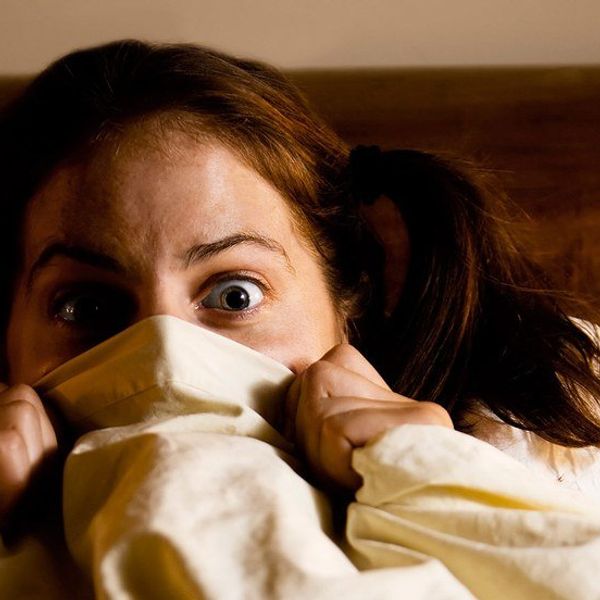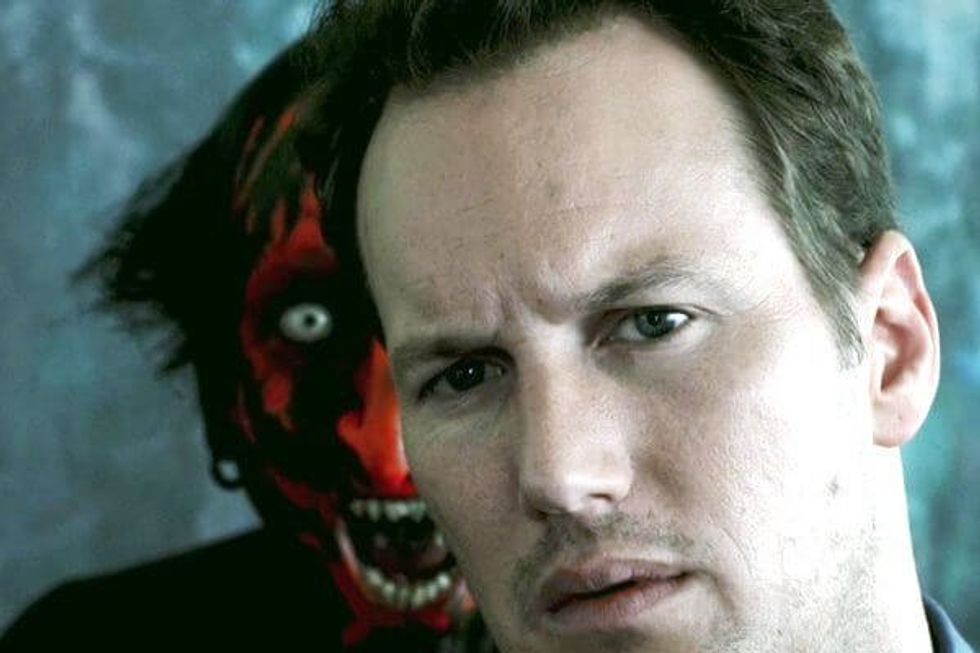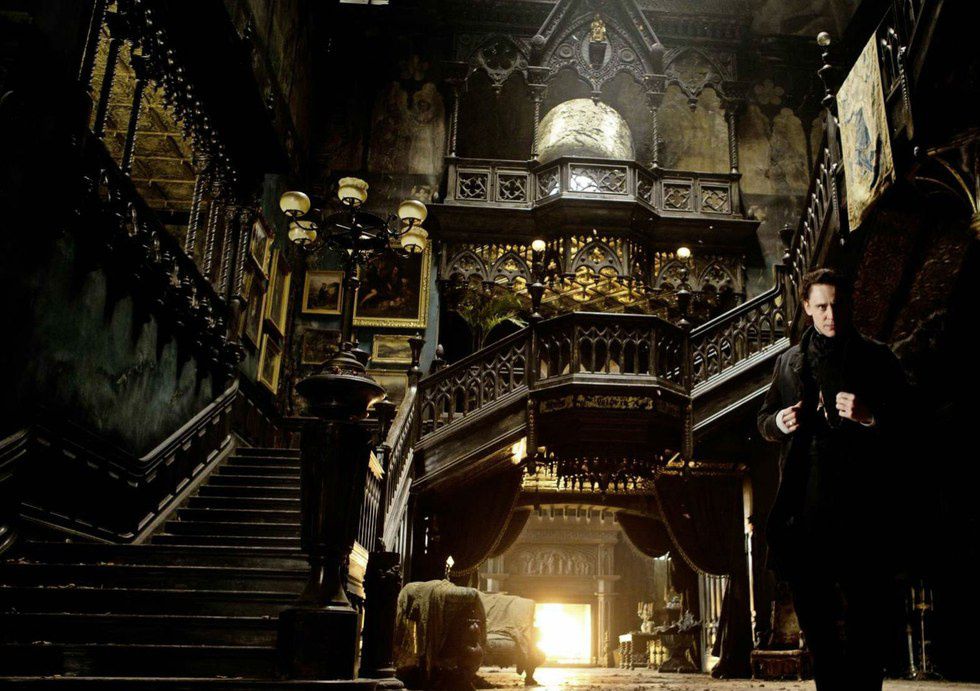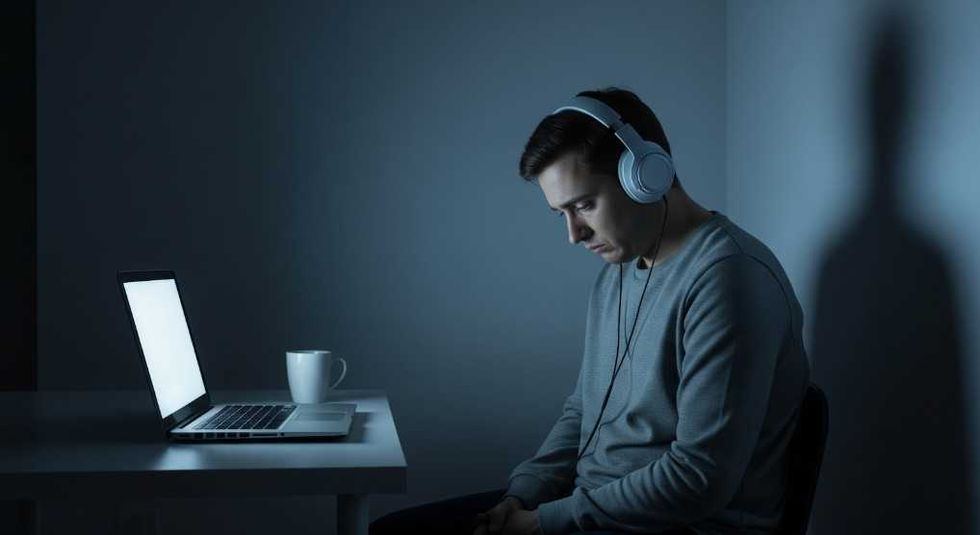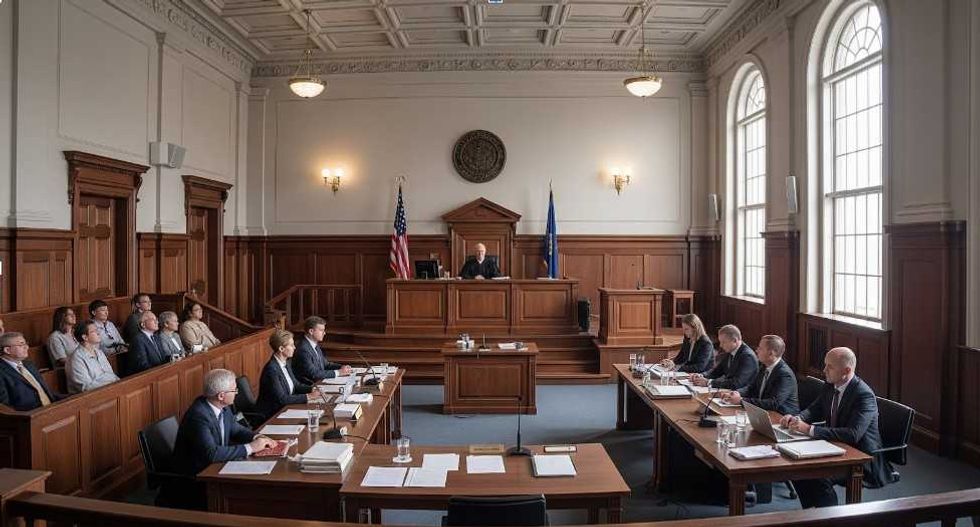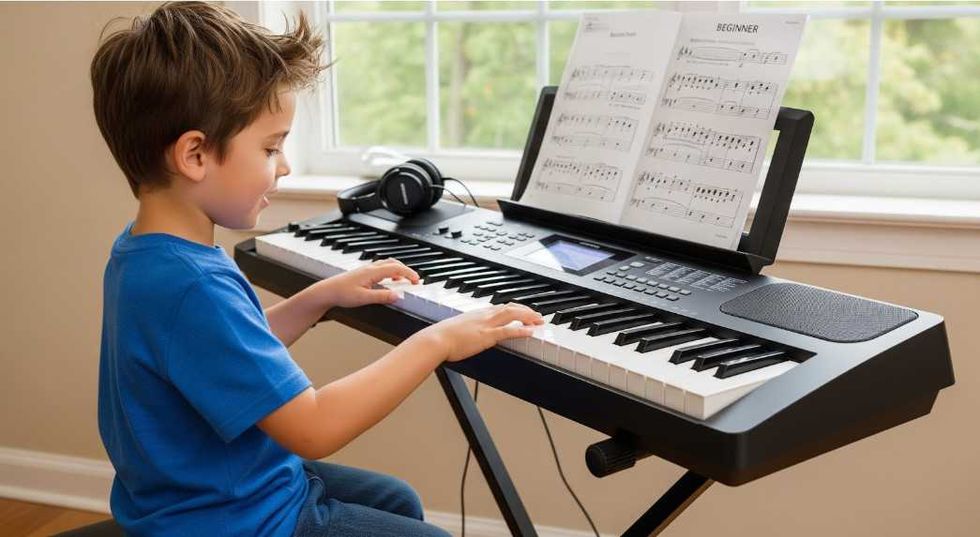What makes a good horror movie? One can argue a horror movie just needs a good jump scare and some string music to screech at the audience to constitute a good fright. I don’t mean to sound like a pretentious film snob, but these kinds of films do not capture the true essence of horror. You can also argue that a horror film needs a monster: an evil entity that is going to harm or kill our protagonist. While this is true, the story will be riddled with clichés that have been repeated for years. I believe there are three core elements that make up a quality horror film.
1. Sound
As I mentioned before, sound is everything, and can place a movie into its genre. If you have juxtaposed sound, then the movie will either flop or succeed, depending on how you explain or interpret it. Less is better when it comes to music, in my opinion. You can have a giant orchestra composing your score, but if all I can hear is your brass section and strings exploding with effort, then you aren’t capturing the fear and horror, but instead capturing panic. Panic is indeed a key part of horror as the hero tries to run away, but you must first make the viewer feel uneasiness. The best example I can give you would but from a horror tv series. Now, this will be a surprise, but the piece "Kazashi" from the show "Higurashi" is able to blend simple breathing and one string instrument to make your skin crawl. The audience hears the pull of a single string with the faint sound of something breathing. As the piece continues, the breathing gets louder and louder up to the point where it’s overbearing. With that, in conclusion, less is better in the sound department.
Link to the song for you people. The whole soundtrack for the show is chilling!
2. Atmosphere
If you’re going to do the haunted house, then do it in such a way that it makes me feel uneasy looking at it. A dusty old cabin with scribbles written in textbooks–sure, that’s scary to a five-year-old. Give me something truly haunting about the house. By using the camera to your advantage, place it in such a way that seems unnatural, suggesting that someone could be watching the hero through the walls. Combining sound with the position of the camera and details in the setting can take a film a long way.
(From the recent "Crimson Peak" film, the whole house had an unsettling atmosphere themoment it appeared on-screen.)3. Avoid clichés!
Lastly, if you’re going to do a horror piece, do not be cliché. Characters that break the boundary make a more lasting impression than the generic cut-out characters we have seen in every horror film since the 1970s. In usual order of killing, we have: comedic relief, jock, the girl who sleeps around with everyone, the druggie (can be a comedic relief as well), and the virgin. The recent film "It Follows" brought up unique characters and a unique “monster” to the horror battle, and it left a more lasting impression than the serial killer from Hell number 400.
So go out there, you film-making enthusiasts! I can’t wait to see what projects will come in the future that try to incorporate these elements into their films. Some have already succeeded, but it is a better idea to have more than less in an industry filled with the same generic horror material that’s released on a yearly basis.


